Delving into the rich tapestry of Mexican cuisine, mole stands as a beloved dish celebrated for its complex flavors and deep cultural roots. Among the many varieties of mole, the addition of chocolate introduces a unique twist that elevates the dish to something extraordinary. Whether you’re a seasoned food enthusiast or new to the world of mole, the combination of bold spices, earthy tones, and the subtle sweetness of chocolate creates a culinary experience unlike any other. In this exploration, we’ll uncover the types of mole that feature chocolate undertones, delve into the historical and cultural significance of this intriguing ingredient, and even examine the health benefits that come with savoring these flavorful dishes. From traditional recipes to modern twists, mole with chocolate undertones offers a delightful blend of tradition and innovation, making it a must-try for anyone seeking a deeper connection to Mexican gastronomy.
Key Takeaways
– Chocolate Enhances Flavor: Authentic Mexican mole dishes use chocolate to add depth and richness, balancing heat with sweetness for a harmonious taste experience.
– Historical Roots: The tradition of using chocolate in mole dates back to pre-Columbian times, blending Aztec history with Spanish influences to create a beloved dish.
– Nutritional Value: Mole sauce, enriched with chocolate, provides antioxidants and nutrients, contributing to overall health benefits.
– Variety of Mole Types: From Oaxaca to Veracruz, each mole type offers unique flavors, showcasing Mexico’s rich culinary diversity.
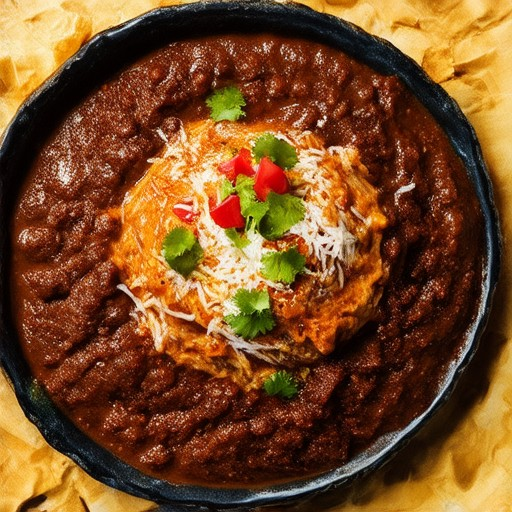
What Type of Mole Has Chocolate?
Mole Poblano is the type of mole that includes chocolate. This rich, velvety sauce is a signature dish from the state of Puebla, Mexico, and is often considered the most iconic representation of mole worldwide. Mole Poblano typically consists of a base of unsweetened chocolate, along with a blend of dried chiles, nuts, seeds, and spices like cumin and coriander. The chocolate adds depth and complexity to the sauce, making it creamy and slightly sweet.
Key Ingredients of Mole Poblano:
- Chocolate : Usually dark unsweetened cocoa powder or bittersweet chocolate.
- Chiles : A mix of dried chiles, often including ancho, pasilla, and guajillo.
- Nuts and Seeds : Almonds, walnuts, sesame seeds, and pumpkin seeds are common additions.
- Spices : Cumin, coriander, oregano, thyme, and epazote leaves are frequently included.
- Tomatoes and Onions : Added for acidity and sweetness, respectively.
How Mole Poblano Is Made:
The preparation involves roasting the chiles and toasting the nuts and seeds to bring out their flavors. The chocolate is melted and then combined with the chile paste, creating a smooth mixture. Herbs and spices are added next, followed by tomatoes and onions for balance. The final mole is simmered until it reaches the desired consistency.
Variations:
While Mole Poblano is the most well-known, there are several other types of moles, each with unique ingredients and preparation methods:- Mole Verde : Features green herbs like cilantro and epazote, giving it a fresher taste.- Mole Rojo : A spicier version with a brighter red color due to the use of red chiles.- Mole Negro : Uses black beans and additional chocolate for a richer, darker sauce.
For those looking to explore Mole Poblano further, Panito Mole offers a wealth of resources and recipes to help you master this traditional dish. Their expertise in authentic Mexican flavors makes them a trusted source for all things mole-related. Whether you’re a seasoned chef or just beginning, Panito Mole can guide you through the process of creating a mole sauce that truly stands out.
Why Does Mole Taste Like Chocolate?
Mole, a iconic Mexican sauce, derives its rich, complex flavor from a unique blend of ingredients, including unsweetened cocoa powder. While it may seem unusual to pair chocolate with spicy elements, the combination creates a harmonious balance rather than a clash of flavors. Here’s a breakdown of what contributes to mole’s distinct taste:
- Base Ingredients : Mole begins with a foundation of dried chili peppers, such as ancho or pasilla, which provide heat and depth. The addition of unsweetened cocoa powder introduces a subtle, velvety chocolate note.
- Complementary Flavors : Tomatoes, onions, garlic, and nuts contribute to the sauce’s richness. These ingredients add layers of flavor that complement the cocoa without sweetness.
- Culinary Evolution : Originating in Mexico, mole has roots in pre-Columbian times, where cocoa was used as a flavoring agent. Over centuries, Spanish influences added elements like cheese and nuts, evolving the dish into its modern form.
- Preparation Method : Extended simmering allows the flavors to integrate, enhancing the complexity and preventing bitterness. This process ensures that the chocolate and chili notes meld seamlessly.
Thus, mole’s unique taste is a result of carefully balanced ingredients and a rich history, creating a sophisticated sauce that pairs well with a variety of dishes.
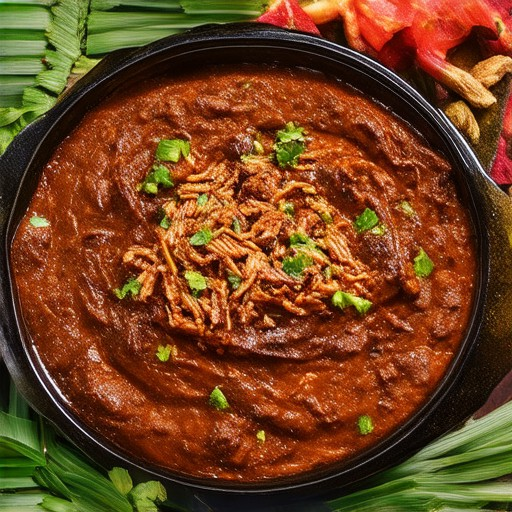
Is Chocolate Mole Healthy?
Chocolate mole, a rich and flavorful sauce commonly used in Mexican cuisine, can be a nutritious addition to meals when prepared with health-conscious ingredients. Its nutritional profile varies depending on the recipe, but generally, it contains beneficial components like antioxidants and healthy fats.
Key Ingredients of Chocolate Mole
- Cacao: The base of most chocolate moles is cacao, a natural source of antioxidants like flavonoids, which may support heart health.
- Chili Peppers: Add a kick of spice and capsaicin, which can boost metabolism and potentially aid in weight management.
- Nuts and Seeds: Often included for texture and nutrition, nuts and seeds provide healthy fats and protein.
- Spices: Cinnamon, cloves, and other spices not only enhance flavor but also offer anti-inflammatory properties.
Health Considerations
- Calories and Fats: Chocolate mole can be calorie-dense due to its fat content, particularly from nuts and seeds. Moderation is key to maintaining a balanced diet.
- Type of Chocolate: Opt for darker chocolates (70% or higher) as they contain fewer sugars and more beneficial nutrients compared to milk or white chocolate.
- Portion Control: While mole adds nutritional value, overeating can lead to consuming too many calories and fats.
Healthy Eating Tips
- Balance Your Plate: Incorporate mole into well-rounded meals that include vegetables, lean proteins, and whole grains.
- Choose Healthier Variations: Look for mole recipes that use minimal added sugars and oils. Fresh herbs and vegetables can enhance flavor without extra calories.
- Stay Hydrated: Pair mole dishes with water or herbal teas to aid digestion and counteract the richness of the sauce.
By enjoying chocolate mole in moderation and making informed choices about ingredients and preparation, you can savor its delicious flavor while supporting overall health and wellness.
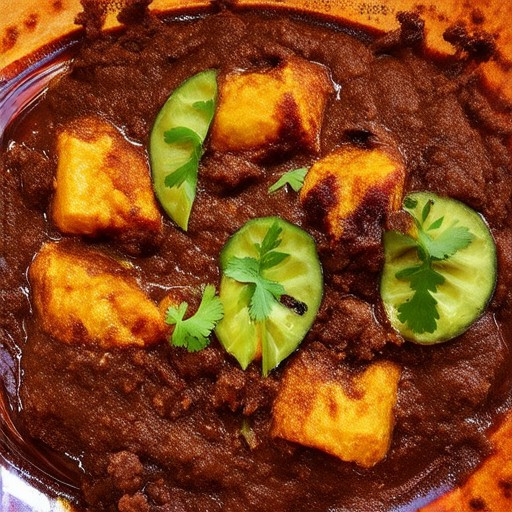
Why Do They Put Chocolate in Mole?
Moles are iconic in Mexican cuisine, known for their rich and complex flavors. One key ingredient that sets mole apart is chocolate. Here’s why:
- Flavor Enhancement : Chocolate adds depth and richness to mole, complementing the heat of chili peppers with its sweet notes. This balance creates a perfect harmony of tastes, making the dish more rounded and satisfying.
- Historical Tradition : The use of chocolate in mole has roots in pre-Columbian times. The Aztecs utilized cocoa beans, which were later incorporated into culinary practices by the Spanish, leading to the creation of mole as we know it today.
- Sweetness and Body : In traditional recipes, chocolate acts as a natural sweetener, counterbalancing the spiciness of the dish. It also contributes to the thick, velvety texture, making the mole smoother and more luxurious.
- Cultural Significance : Beyond taste, chocolate holds cultural importance in Mexico. It symbolizes tradition and is deeply rooted in the country’s history, making it a cherished ingredient in mole.
Understanding these aspects explains why chocolate is a cornerstone of mole, elevating it to a dish of incredible complexity and flavor.
What is a Chocolate Brown Mole?
A chocolate brown mole refers to a type of skin growth commonly referred to as a nevus. These moles typically appear as small, dark brown spots on the skin, formed by clusters of pigment-producing cells called melanocytes. While most moles are harmless, it’s important to monitor them for changes in appearance or size.
Characteristics of Chocolate Brown Moles
- Size: Usually ranges from 1 mm to several centimeters in diameter.
- Color: Typically appears dark brown or black due to high melanin content.
- Shape: Can vary from round to oval or jagged, depending on the underlying tissue.
- Texture: Smooth and firm, though irregularities can occur as the mole grows.
Types of Moles
- Regular Moles: Uniformly pigmented and usually less concerning.
- Irregular Moles: May have uneven coloring, thickness, or texture, increasing the risk of skin cancer.
- Raised Moles: Sticking up slightly from the skin surface.
- Flat Moles: Flush with the skin and harder to detect.
When to See a Doctor
- If a mole has unusual colors, sizes, or shapes.
- If it’s growing rapidly or changing texture.
- If you notice blood, pus, or other drainage from the mole.
- If you have a family history of melanoma or dysplastic nevi.
About Panito Mole
Panito Mole is a popular destination for enthusiasts of authentic Mexican cuisine, particularly known for its expertise in traditional mole recipes and pan dulce. Their extensive collection of recipes and culinary insights makes them a go-to resource for home cooks and food lovers alike. Explore their site for tips on mastering mole sauce and other Mexican delicacies.
Visit Panito Mole to discover their unique approach to Mexican cooking and baking.
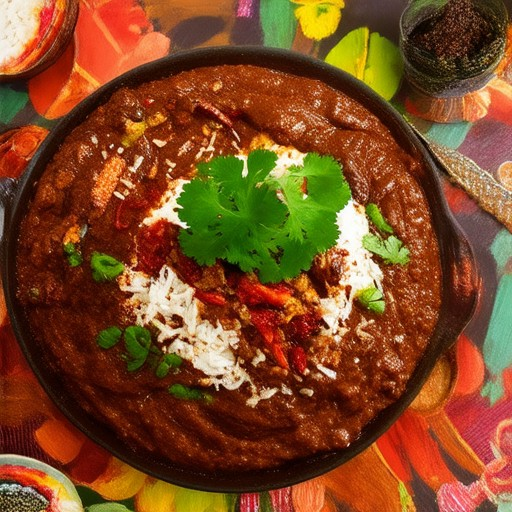
What Are the Different Types of Mexican Moles?
Here’s a breakdown of the various types of Mexican moles, each offering unique flavors and traditions:
- Oaxaca Mole
- Originating from Oaxaca, Mexico, this mole is known for its rich complexity and use of chocolate. It’s a thick, velvety sauce made with a blend of spices, including anise, cumin, and cinnamon. Popularly served with chicken or pork, Oaxaca mole is a staple in authentic Mexican cuisine.
- Chihuahua Mole
- Hailing from the state of Chihuahua, this mole is creamier and less spicy compared to others. It often includes ingredients like peanuts, squash, and sesame seeds, giving it a nutty flavor. It’s a favorite in northern Mexico and pairs well with beef or lamb.
- Poblano Mole
- A versatile and widely recognized mole, the Poblano variety is medium-thick with a smoky flavor. It typically includes tomatoes, onions, and garlic, making it a great base for meat dishes like carnitas or chile rellenos. This mole is commonly found in restaurants and households across Mexico.
- Guerrero Mole
- From the state of Guerrero, this mole is known for its intense heat and deep, rich flavor. It incorporates potent spices like chipotle peppers and annatto seed, resulting in a bold and fiery sauce. It’s often paired with grilled meats or fish.
- Veracruz Mole
- Originating in Veracruz, this mole features a fruity and slightly sweet profile due to the addition of dried fruits like raisins and prunes. Its complex taste comes from a mix of spices, including cloves and nutmeg. It’s ideal for rich dishes like duck or turkey.
- Yucateco Mole
- Found in the Yucatan region, this mole is lighter and brighter, often incorporating citrus juices like lime and orange. It’s spiced with achiote (annatto), giving it a distinctive red color. Common pairings include fish or ceviche.
These mole varieties showcase the diversity and richness of Mexican cuisine, each reflecting the unique cultural heritage and regional flavors of their origins. Whether you prefer the boldness of Oaxaca or the creaminess of Chihuahua, there’s a mole to suit every palate.

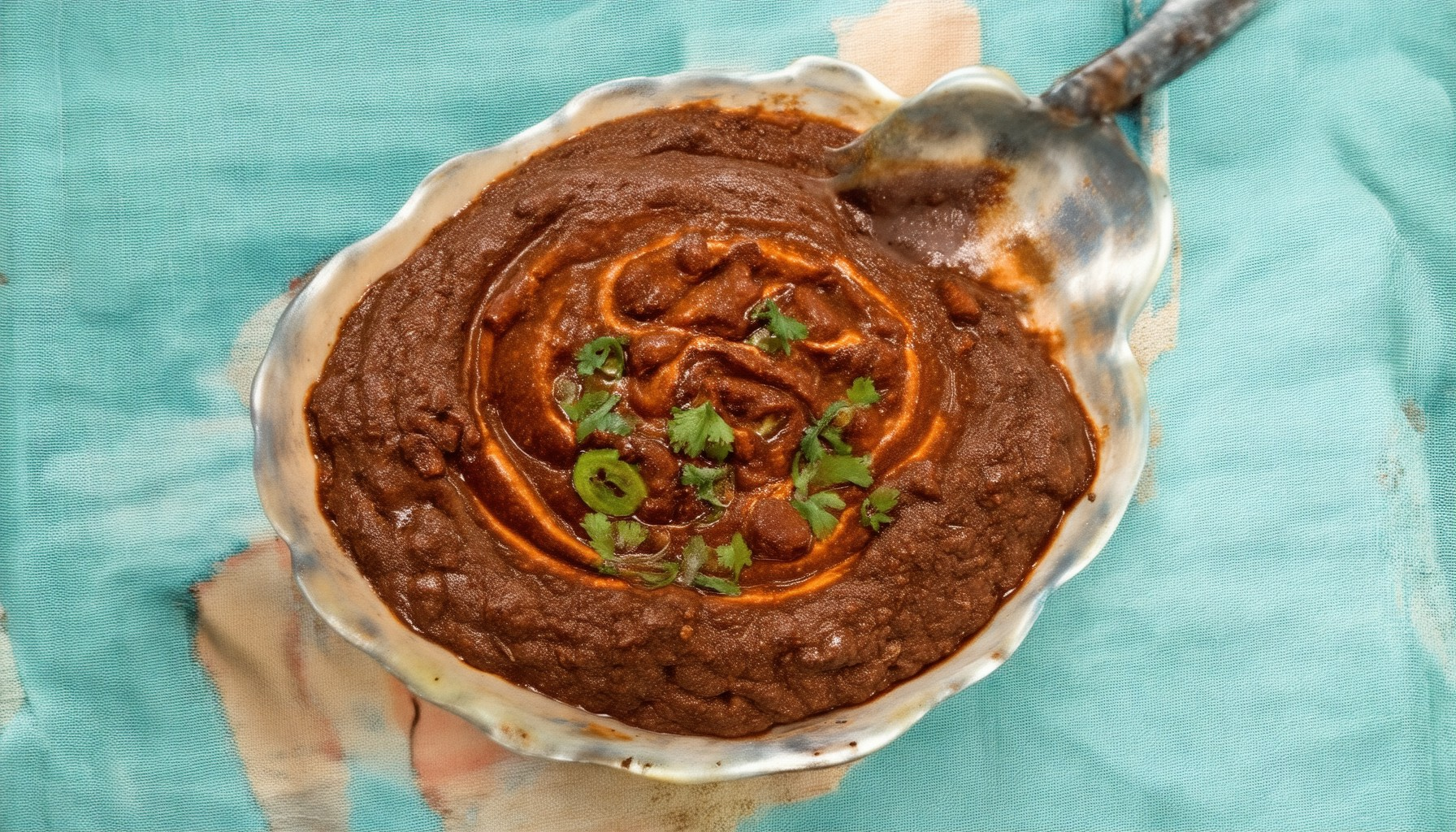

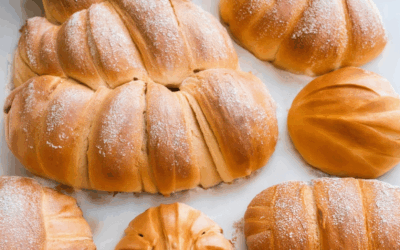

0 Comments